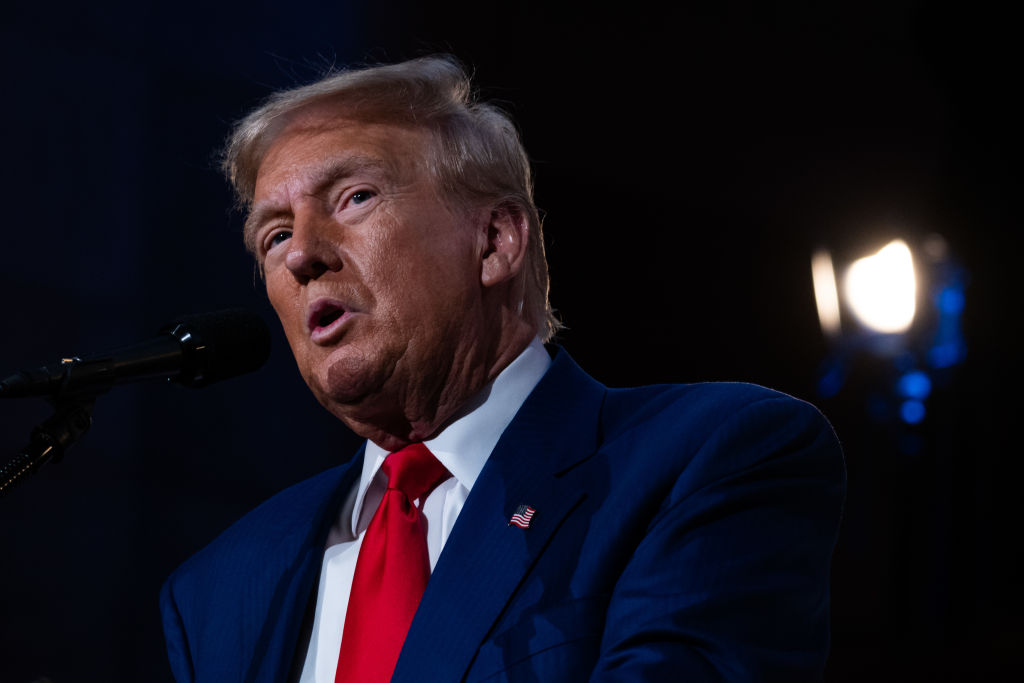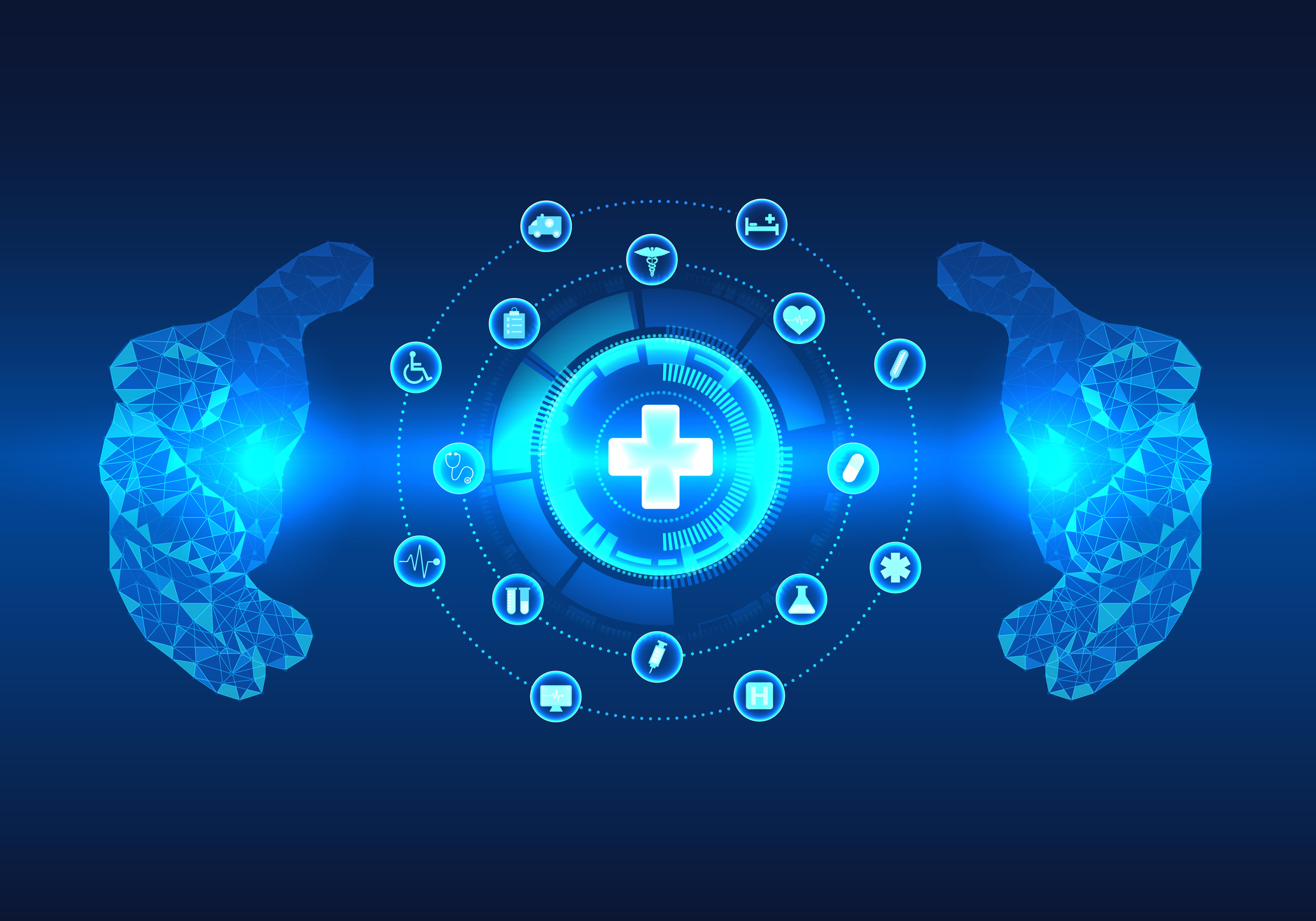Fund Basics: Build a Solid Portfolio
A balanced collection of funds will serve you better than a collection of the latest high fliers.
Funds offer plenty of benefits to busy investors. Here's a quick review of using them to build a well-diversified portfolio.
As you develop an investment plan built around mutual funds, think in terms of a portfolio instead of a single fund. A collection of four to nine funds of different varieties should be adequately diversified.
Building a well-diversified portfolio guards against a particular investment style going out of favor and taking you down with it. It also helps protect you from a manager's mistakes. Even the savviest managers occasionally turn cold for a time, so owning several funds helps protect you from bearing the brunt of a single manager's off year.

Sign up for Kiplinger’s Free E-Newsletters
Profit and prosper with the best of expert advice on investing, taxes, retirement, personal finance and more - straight to your e-mail.
Profit and prosper with the best of expert advice - straight to your e-mail.
Allocating your money among stocks, bonds and cash could be your most important investment decision. That's because asset selection usually has more to do with your ultimate return than the specific issues you pick.
Your stock-bond breakdown should hinge on two things:
First, how much time will pass before you need the money? The longer your time horizon, the more you can afford to invest in stocks. When you're investing for retirement ten or more years away, you should have substantially all of your assets in stocks. Someone saving to buy a home or to pay a college tuition bill in five years should have about 50% of the portfolio in stocks. Practically speaking, most people invest for more than one purpose, so if you pick a group of funds for each goal, the overall result will be a portfolio somewhat balanced between stocks and bonds.
Second, honestly assess your tolerance for risk and volatility. You must be able to withstand the stock market's downturns to benefit from its long-term generosity. If you're spooked and sell your stock funds every time they drop 15% or 20%, you're likely to return only after stocks have staged dramatic rallies.
Selecting Stock Funds
First decide how much of your stock investments should be in U.S. stock funds and how much in funds specializing in foreign stocks. The U.S. represents just 50% of the world's stock-market capitalization, so we think it also makes sense to invest 15% to 30% of your stock portfolio in overseas issues.
Now turn back to domestic stock funds. The easy way to diversify is to choose an exemplary fund from each of three categories: aggressive growth, long-term growth, and growth and income (making sure you don't choose funds that own the same kinds of stocks). Allocate more of your money to the aggressive fund if your time horizon is long and your risk tolerance high, or toward the growth-and-income fund if the reverse is true.
Selecting Bond Funds
The most important decisions you have to make with bond funds involve the maturities of bonds they own and the quality of those issues.
In general, the longer a bond's maturity, the more it yields. But longer maturities also mean greater risks. As for quality, the "junkier" a bond, the more it generally yields. However, lower-quality bonds may fall in value if investors perceive more difficult conditions ahead for their issuers or for the economy in general.
Get Kiplinger Today newsletter — free
Profit and prosper with the best of Kiplinger's advice on investing, taxes, retirement, personal finance and much more. Delivered daily. Enter your email in the box and click Sign Me Up.
-
 Customer Services are Strained at the SSA, You Should Plan Around These Federal Holidays
Customer Services are Strained at the SSA, You Should Plan Around These Federal HolidaysIf you have a question or need information from a federal agency, check the federal holiday schedule to make sure you get your business done before they close.
By Donna LeValley
-
 Stock Market Today: No 'Powell Put'? No Problem
Stock Market Today: No 'Powell Put'? No ProblemInvestors, traders and speculators look beyond both another Trump post and more signs of slowing economic activity.
By David Dittman
-
 What DOGE is Doing Now
What DOGE is Doing NowThe Kiplinger Letter As Musk's DOGE pursues its ambitious agenda, uncertainty and legal challenges are mounting — causing frustration for Trump.
By Matthew Housiaux
-
 A Move Away From Free Trade
A Move Away From Free TradeThe Letter President Trump says long-term gain will be worth short-term pain, but the pain could be significant this year.
By David Payne
-
 Trump’s Whirlwind Month of Crypto Moves
Trump’s Whirlwind Month of Crypto MovesThe Kiplinger Letter The Trump administration wants to strengthen U.S. leadership in the cryptocurrency industry by providing regulatory clarity.
By Rodrigo Sermeño
-
 What Could Derail the Economy This Year?
What Could Derail the Economy This Year?The Letter While the outlook for the U.S. economy is mostly favorable, there are plenty of risks that bear watching.
By David Payne
-
 Three Ways President Trump Could Impact the Economy
Three Ways President Trump Could Impact the EconomyThe Letter Some of Trump's top priorities could boost economic growth, but others risk fueling inflation.
By David Payne
-
 Europe Faces Economic and Political Headwinds Next Year
Europe Faces Economic and Political Headwinds Next YearThe Letter Challenges for Europe: Potential tariffs, high energy prices and more competition from China will weigh on the bloc in 2025.
By Rodrigo Sermeño
-
 Don't Sleep on Japan's Economic Transformation
Don't Sleep on Japan's Economic TransformationThe Letter After almost three lost decades, Japan — one of the world's biggest economies — is finally showing signs of life.
By Rodrigo Sermeño
-
 Start-ups Trying to (Profitably) Solve the World’s Hardest Problems
Start-ups Trying to (Profitably) Solve the World’s Hardest ProblemsThe Letter More investors are interested in companies working on breakthrough science to tackle huge societal challenges. The field of deep tech has major tailwinds, too.
By John Miley